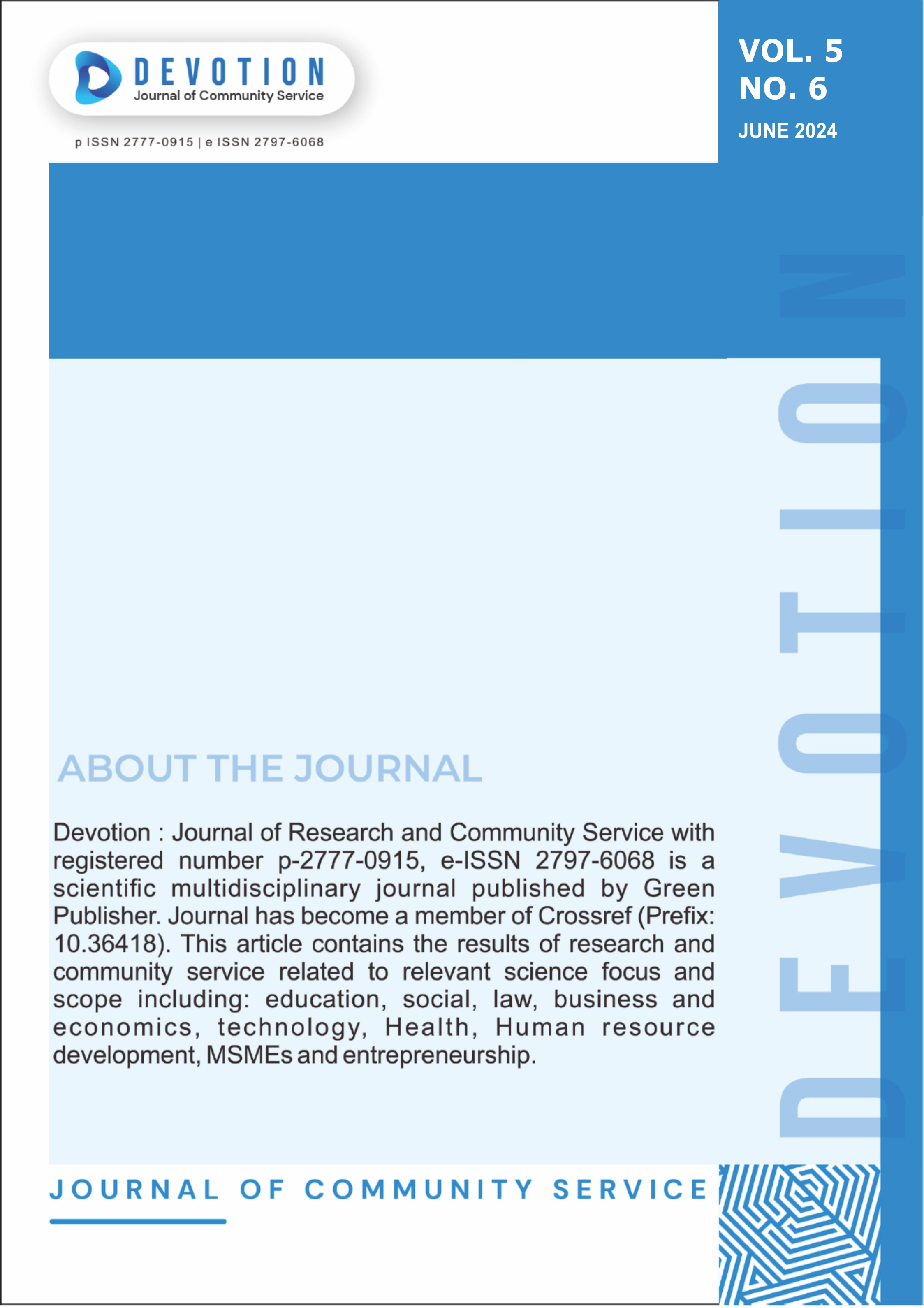How Implicatures Create Funnines In Comic Strips ?
DOI:
https://doi.org/10.59188/devotion.v5i6.700Keywords:
Flouting Maxim, Comic Strips, ImplicatureAbstract
This research is aimed to analyze types of flouting maxim. To find cooperative principle of the implicature through the utterances expressed from the characters in comic strips. The method that will be used in this research is qualitative research design. The researchers use 12 chapters of the tiger comic strips from comics kingdom website as data source from December 01, 2023 to January 24, 2024. Then analyze the conversation that the character had. Likewise, this study attempts to discover the reason for using implicature in the comic strips. The researchers draw a conclusion where the flouting maxim of quantity (32.5%), the flouting maxim of quality (20%), the flouting maxim of manners (25%), and the flouting maxim of relevant (22.5%). The characters of “Tiger” digital comic strips mostly flouted the maxim of quantity since they avoid making others upset about lack of the answer, so they provide a comprehensive explanation.
Downloads
Published
Issue
Section
License
Copyright (c) 2024 Aurell Videla Saffanah, Amelia Herdia Putri, Fakhri Al Farisi, Jaufilaili, Devi Mulatsih

This work is licensed under a Creative Commons Attribution-ShareAlike 4.0 International License.
Authors who publish with this journal agree to the following terms:
- Authors retain copyright and grant the journal right of first publication with the work simultaneously licensed under a Creative Commons Attribution-ShareAlike 4.0 International. that allows others to share the work with an acknowledgement of the work's authorship and initial publication in this journal.
- Authors are able to enter into separate, additional contractual arrangements for the non-exclusive distribution of the journal's published version of the work (e.g., post it to an institutional repository or publish it in a book), with an acknowledgement of its initial publication in this journal.
- Authors are permitted and encouraged to post their work online (e.g., in institutional repositories or on their website) prior to and during the submission process, as it can lead to productive exchanges, as well as earlier and greater citation of published work.













